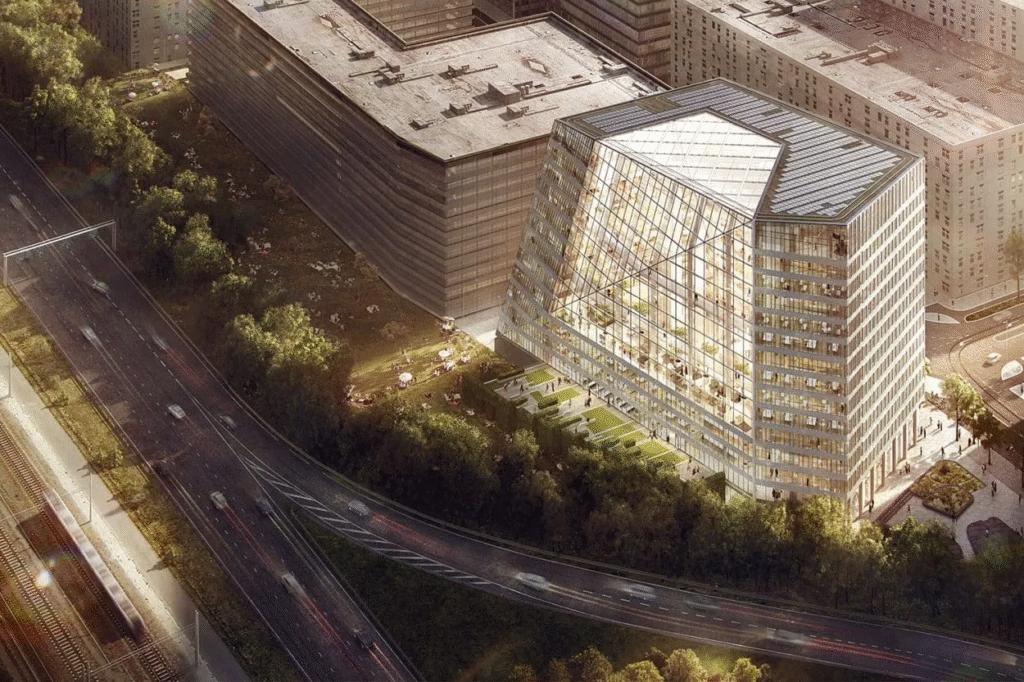Architecture in 2025 is being shaped by three powerful forces—sustainability, minimalism, and technology. As cities expand and face environmental challenges, architects are rethinking how buildings and urban spaces are designed. From AI-powered smart buildings to biophilic design, the future of architecture is more human, efficient, and eco-conscious.
1. Technology Reshaping Architecture
Digital innovation is transforming design and construction.
- AI in Design: Artificial intelligence optimizes building layouts, energy use, and comfort. Smart buildings can now adapt lighting, ventilation, and temperature to user behavior.
- Big Data: Real-time data improves urban planning, energy efficiency, and project decision-making.
- 3D Printing & BIM: AI combined with BIM allows for more accurate modeling and reduced waste, while 3D-printed components accelerate construction.
2. Functional Minimalism
Minimalism is evolving into a functional design philosophy.
- Open, Flexible Spaces: Modular interiors adapt easily to user needs.
- Prefabricated Modules: Faster, more sustainable, and cost-efficient construction.
- Eco-Friendly Materials: Certified wood, recycled glass, and low-impact concrete reduce carbon footprints.
3. Sustainable Urban Development
Urban design is focusing on livability and climate resilience.
- Superblocks & Pedestrian Zones: Expanding car-free areas improves air quality and well-being.
- Green Infrastructure: Rooftop gardens, vertical parks, and solar-powered eco-buildings are becoming standard.
- Sustainable Mobility: Electric transit, cycling lanes, and shared mobility cut urban emissions.
4. Biophilic Architecture: Nature in Design
Biophilic design connects people with nature to boost well-being.
- Natural materials, indoor greenery, and daylight-focused layouts create healthier spaces.
- Examples like The Edge in Amsterdam prove how biophilic + smart technology can produce self-sufficient, sustainable buildings.
Final Outlook
The architecture of 2025 is more than just design—it’s a blueprint for sustainable, intelligent, and people-centered cities. By embracing technology, minimalism, and biophilic principles, architects are shaping a future where buildings work in harmony with both humans and the environment.
